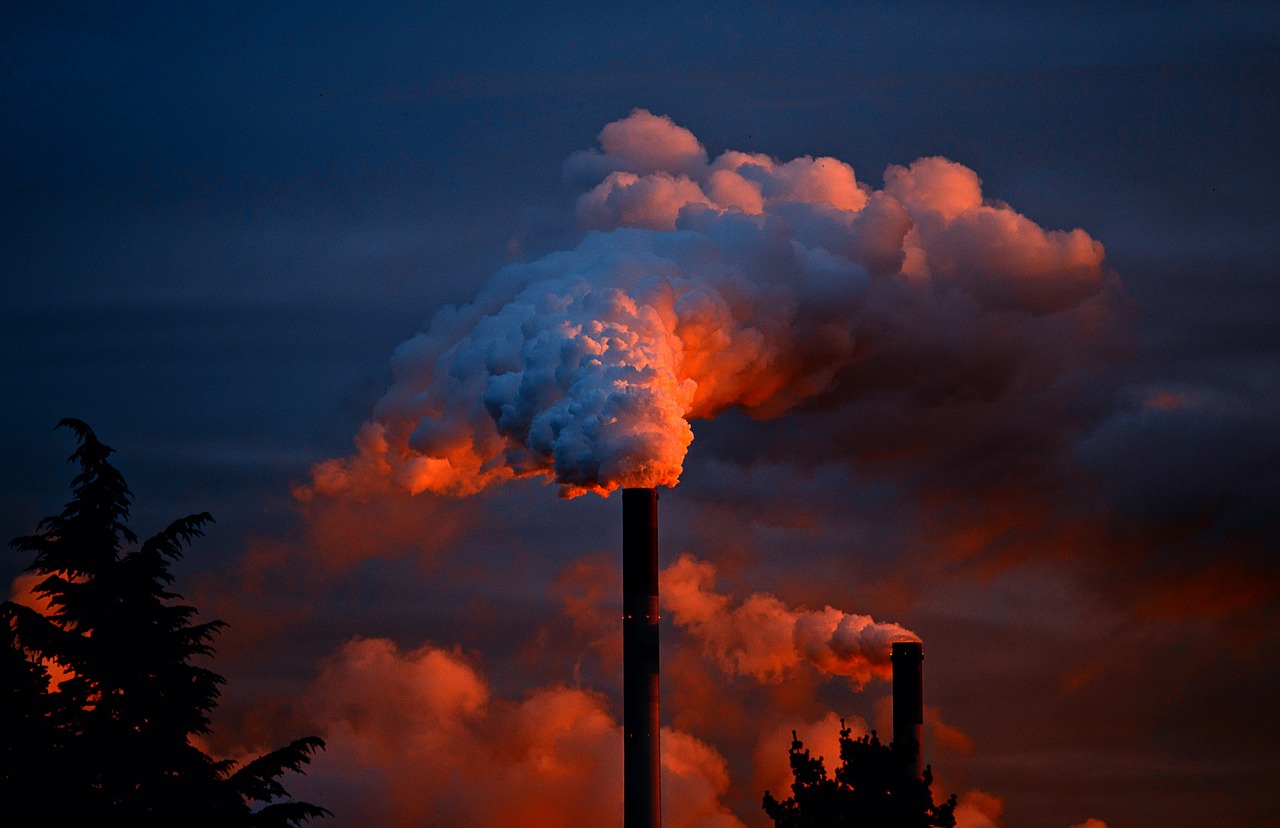With their Feb. 7 resolution to combat global warming, progressive Democrats, led by Alexandria Ocasio-Cortez, are tackling the inevitable. Climate change has been upon us for decades, and while some measures, such as Obama’s Clean Power Plan, have done their part in mitigating it, the Green New Deal is the first of its kind to be a holistic, all-around solution.
It is also vastly more expensive and is heavily protested against by taxpayers, economists and government officials. The 11-page resolution is more than just a piece of legislation; it is a symbol of a new, more radical approach that addresses both climate change and socioeconomic inequality.
The resolution begins by acknowledging that the main cause of global climate change is human activity, and the U.S. has made disproportionate contributions to the amount of greenhouse gas in the atmosphere. Global warming is currently at 1.5 degrees Celsius above pre-industrialized levels; however, once it reaches 2 degrees above, which will happen in only a few decades, Earth will experience severe wildfires, destruction of coral reefs and “more than 350,000,000 people exposed to deadly heat stress.”
The resolution calls global warming what it is: a national security threat. However, the resolution deviates from an environment-only approach when it posits that, because of global warming, the United States could face wage stagnation, socioeconomic inequality and an inability to meet basic human needs.
The document also suggests that climate problems have disproportionately affected groups that Ocasio-Cortez calls “frontline and vulnerable communities,” which consists of indigenous peoples, people of color, immigrants, low-wage workers, women, the elderly, disabled people and youth. Climate change, according to Ocasio-Cortez, acts as a “threat multiplier” for the well-being and equality of different social groups in the U.S.
There is no single goal in the Green New Deal resolution; rather, it is woven like a web of different yet interconnected objectives. These objectives are outlined in Ocasio-Cortez’s 10-year mobilization plan that will meet the demand for power in the United States by using renewable energy to ensure zero-emissions by the year 2050.
The main goal is to bring back the natural, pre-industrialized state of the Earth by removing greenhouse gases from the atmosphere and restoring endangered ecosystems. A large portion of the resolution is dedicated to improving educational opportunities, which should lead to higher-wage jobs that benefit the environmental.
Furthermore, in the Green New Deal, economics go hand in hand with the environmental and social objectives. Its practical side takes the form of calling for public investments in renewable energy technologies, creating jobs with fair benefits for marginalized communities and protecting workers’ rights to unionize.
Some of the most controversial lines in the resolution include guaranteeing high-quality healthcare, as well as jobs with family-sustaining wages and full benefits, to every American; upgrading all existing buildings for maximum sustainability; making air travel almost unnecessary; and “overhauling transportation systems” to reduce emissions.
Critics say that the Green New Deal is a call for socialism, and to some, even the idea of such a deal is ridiculous. The plan outlines a 10-year mobilization at a scale “not seen since World War 2” to create not only net-zero greenhouse gas emissions, but also “economic prosperity for all.”
Many people claim that this statement alone is the hallmark of radical socialist change, which will lead to the downfall of the government and economy. Myron Ebell, of the Competitive Enterprise Institute, said the GND is a “Back-To-the-Dark Ages Manifesto,” and President Donald Trump declared that “America will never be a Socialist country.”
In addition, there is a concern that the plan will simply be beyond what American taxpayers are willing to pay. The Congressional Budget Office already estimates federal spending for the next decade to be approximately $62 trillion, and even though the GND did not outline a specific budget plan, its estimates range from $5 – 9 trillion per year. I
n his presidential campaign speech for the 2020 election in Texas, Donald Trump said that the plan, if put into action, would “shut down American energy.” He also connected his adverse response to the GND with a pledge to fight the rise of socialism in America, grouping “democratic-socialists” into the general category of socialists for rhetorical purposes.
Despite the Democratic Party hoping to win back blue-collar votes from the 2016 election, labor unions are mostly opposed to the Green New Deal. Leaders of unions like the Laborers International Union of North America (LIUNA) and the United Mine Workers (UMWA) are expressing concern about possible job losses, especially in the mining and industrial manufacturing sectors. Many members of labor unions are skeptical about “green jobs,” and wonder if the implementation of the new plan will jeopardize their ability to put food on the table.
Both Republicans and some centrist Democrats refuse to back the initiative, but the intense backlash did not come as a surprise to many because of the proposal’s radical nature. Historian Steve Fraser notes that the opposition of the proposal seems to mirror Roosevelt’s New Deal and the accusations against it: too expensive and too radical.
In the midst of the retaliation against the Green New Deal, there is still hope for its success. It has garnered unprecedented support among Democrats for both its effective strategies as well as Ocasio-Cortez’s way of framing it as the “civil-rights movement of our generation.”
The resolution aims to not only reach the Paris Climate Agreement’s goals, but to remake the country as well. The connection between environmental, social and economic justice is a key feature, and it makes Ocasio-Cortez’s plan both revolutionary and essential.
While limiting greenhouse gas emissions and preventing further damage to the atmosphere, the resolution also makes sure that the American people are benefiting as much as the environment is. Environmental justice is at the intersection of these two issues, ensuring well-paying jobs for the working class that both stimulate the economy and benefit the well-being of the “frontline and vulnerable communities.” Keeping environmental and economic policy separate is not going to be sustainable in the 21st century, and the resolution keeps them together for a reason.
















